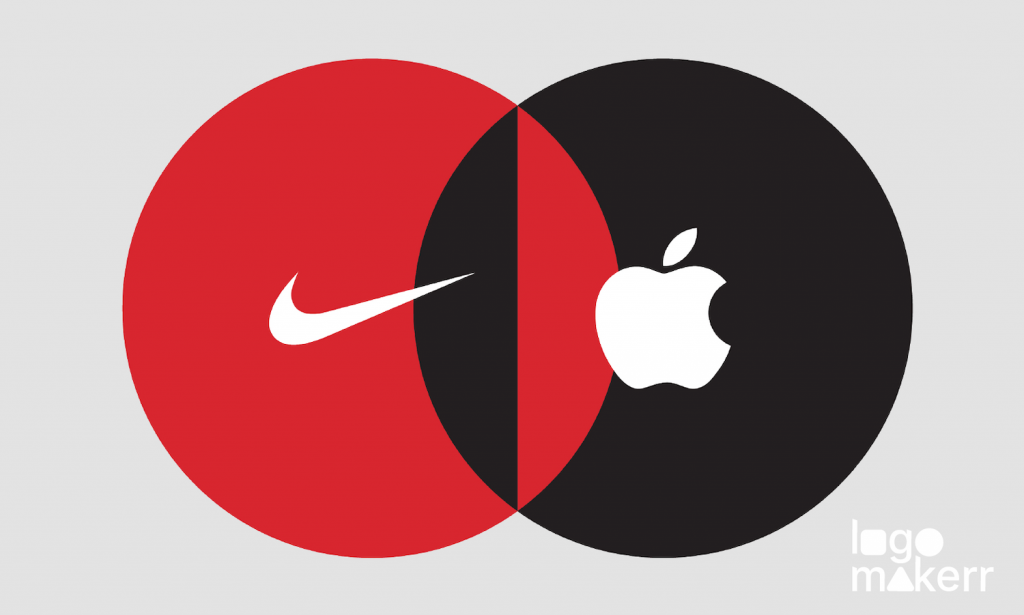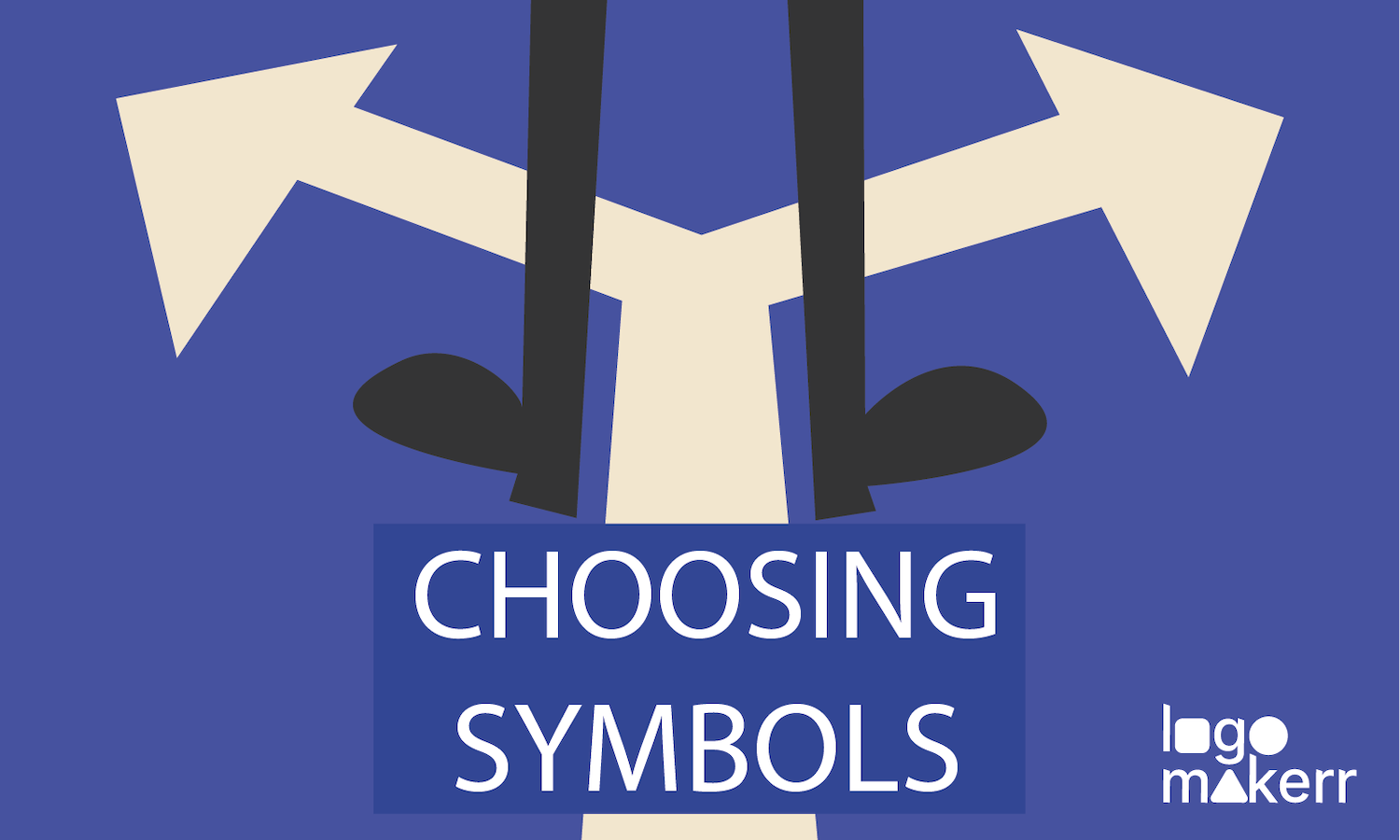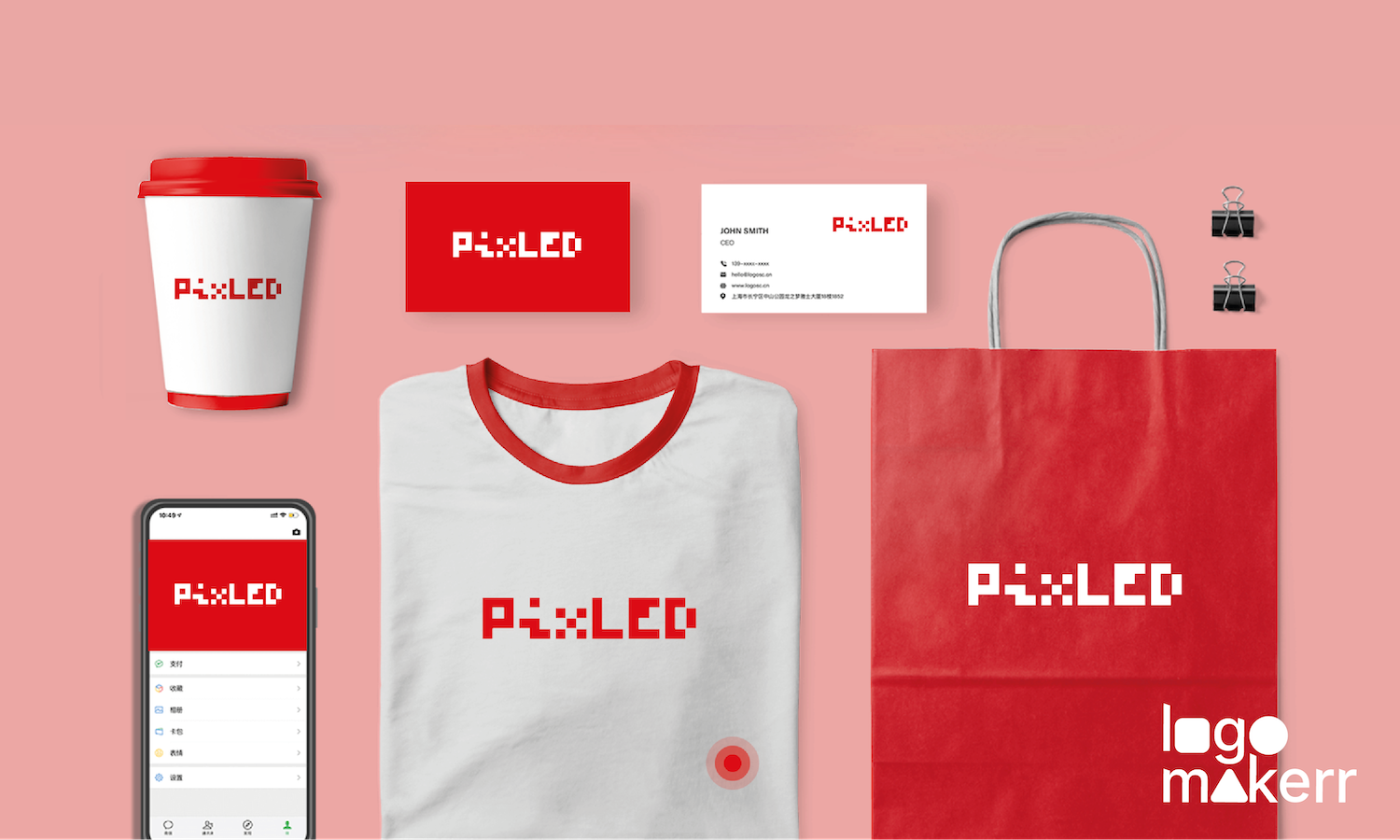Traditional branding strategies have long been the go-to approach for businesses looking to establish their presence and differentiate themselves in the market.
But there is a fascinating alternative that is gaining traction – mixed branding. As businesses strive to differentiate themselves, mixed branding, with its unique logo design and brand identity, has emerged as a captivating solution combining multiple brands’ strengths to forge a unique and compelling identity.
By combining multiple brands, businesses can tap into a wellspring of opportunities and create a more powerful and resonant identity. Hence many business owners makes a special request from graphic designers, or tweak the logo designs themselves with the help of an Ai logo maker.
Join us as we explore the world of mixed branding and discover this innovative approach’s strategies, benefits, and challenges.
What is Branding?
Branding is like the personality of a business. Just as humans have unique traits and characteristics that define us, businesses also have distinct identities that set them apart from the competition.

It encompasses various elements, such as a brand’s name, logo, visual identity, values, and overall positioning in the market. It’s all about how a company presents itself to the world, how customers perceive it, and the emotions it evokes.
Think of branding as the first impression someone gets when they come across a business. It’s the face of the company, the vibe it exudes, and the story it
It aims to establish an emotional connection with consumers, evoking trust, loyalty, and a sense of familiarity. And a strong brand identity serves as a beacon that guides consumers in their purchasing decisions and distinguishes a business from its competitors.

So What is Mixed Branding Then?
Mixed branding is an innovative approach combining multiple brands to create a cohesive and robust brand identity. Meaning, two or more brands merge their distinct identities, values, and offerings to create a new entity that resonates with consumers on a deeper level. This fusion can result in a brand identity that is more compelling, versatile, and memorable, offering businesses a competitive edge and the ability to penetrate new markets.
When creating a mixed brand, choosing the right name is critical as it sets the tone for your combined identity. Understanding different creative brand name types can provide valuable insights into how to best represent merged identities. From evocative to acronymic names, these approaches help you maintain brand integrity within a mixed branding context.
To provide a clearer picture, let’s take a closer look at the key elements of mixed branding:
- Fusion of Brand Personalities: By blending different brand personalities, businesses can create a distinct identity that appeals to a wider audience. For example, collaborating between a luxury fashion brand and a streetwear label can create a unique fusion of high-end elegance and urban street style.
- Complementary Offerings: Mixed branding allows businesses to offer a broader range of products or services by combining the strengths of different brands. This expands their market reach and provides consumers with a more comprehensive and satisfying experience.
- Shared Values and Mission: When brands with similar values and missions join forces, it creates a powerful statement that resonates with consumers. The alignment of core principles enhances brand credibility and fosters trust among consumers.
- Synergistic Partnerships: The magic of mixed branding lies in the synergies that arise from combining brands. By identifying areas of overlap and shared expertise, businesses can unlock new possibilities and deliver innovative solutions that captivate their target market.
How Does Mixed Branding Work?
In essence, mixed branding efforts combine two or multiple brands to create a cohesive product or service, resulting in a greater fusion of ideas, resources, and talents, elevating the overall experience and leaving customers wanting more.
Let’s break it down in a relatable way.
A high-end electronic brand offers a small number of people an expensive, one-of-a-kind smartphone. Meanwhile, a mid-class brand provides another set of devices with a feature no one else has. Yet, it’s much more affordable than the first brand.
Now, imagine these two brands teaming up and combining their strengths to create something extraordinary. They merge their products into one supercharged device packed with cutting-edge features and innovation.

But here’s the twist—they don’t just release it under one brand name. They proudly display both brand names on this special smartphone.
When you walk into a store and spot this eye-catching device, you instantly recognize the reputation and quality associated with each brand. It’s like a dream come true—a blend of luxury and affordability.
And the best part? The price is mid-range, making it accessible to a broader audience. It’s like having the best of both worlds without paying a hefty premium. You’re intrigued by the blend of innovation and affordability, and you can’t wait to get your hands on it.
This collaboration between the high-end brand and the mid-range brand not only expands their customer base but also increases brand visibility and recognition.
It allows them to tap into different market segments, attracting customers who desire top-notch features but are willing to pay the premium price.
Types of Mixed Branding
Let’s explore different types of mixed branding strategies that can help businesses create a stronger identity.
Each approach offers unique opportunities to elevate the brand presence and reach, from sub-branding to store branding, private label branding, co-branding, and location branding.
Co-Branding
Co-branding is a mixed branding strategy where two or more brands collaborate to create a joint product or service that leverages the strengths and expertise of each brand.
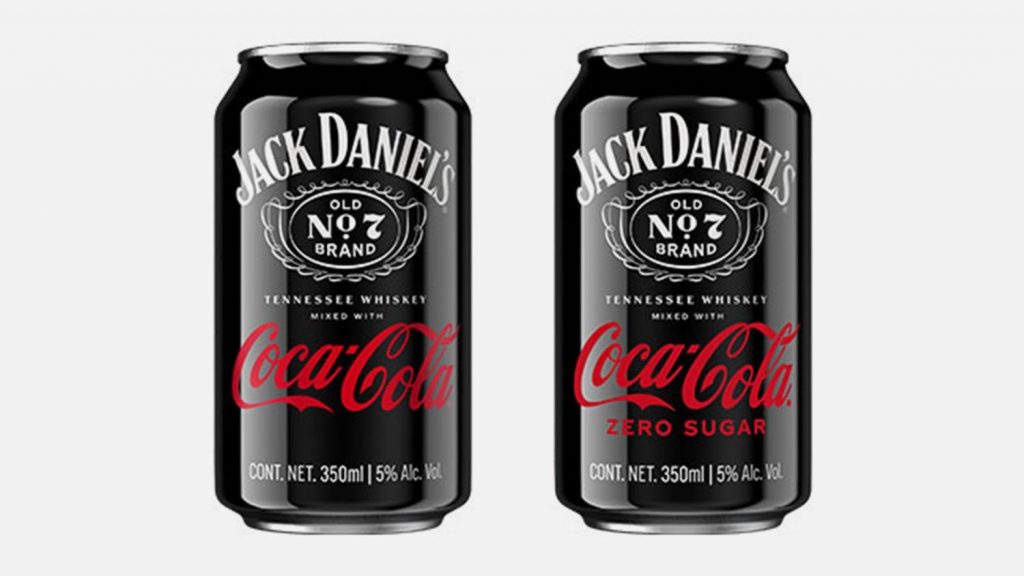
This is typically what consists of the main – ‘mixed branding.’
Imagine your favorite sneaker brand teaming up with a popular music artist. They design a limited-edition sneaker collection inspired by the artist’s style and music. The result? A fantastic fusion of fashion and music, creating a buzz among sneakerheads and music lovers alike.
Sub-Branding
Sub-branding is like creating little branches or “sub-brands” that are connected to the main parent company. Each sub-brand has its unique identity, but it still carries the essence of the parent brand.
This approach allows businesses to cater to specific market segments while maintaining a clear association with the parent company.
Some successful examples of sub-branding are McDonald’s and its Big Mac sub-brand, Samsung and Samsung Galaxy, and the popular video game, Call of Duty and its sub-brand Call of Duty: Black Ops.
Location Branding
Then, location branding is mixed branding where a company adapts its brand image and identity to suit specific geographical locations.
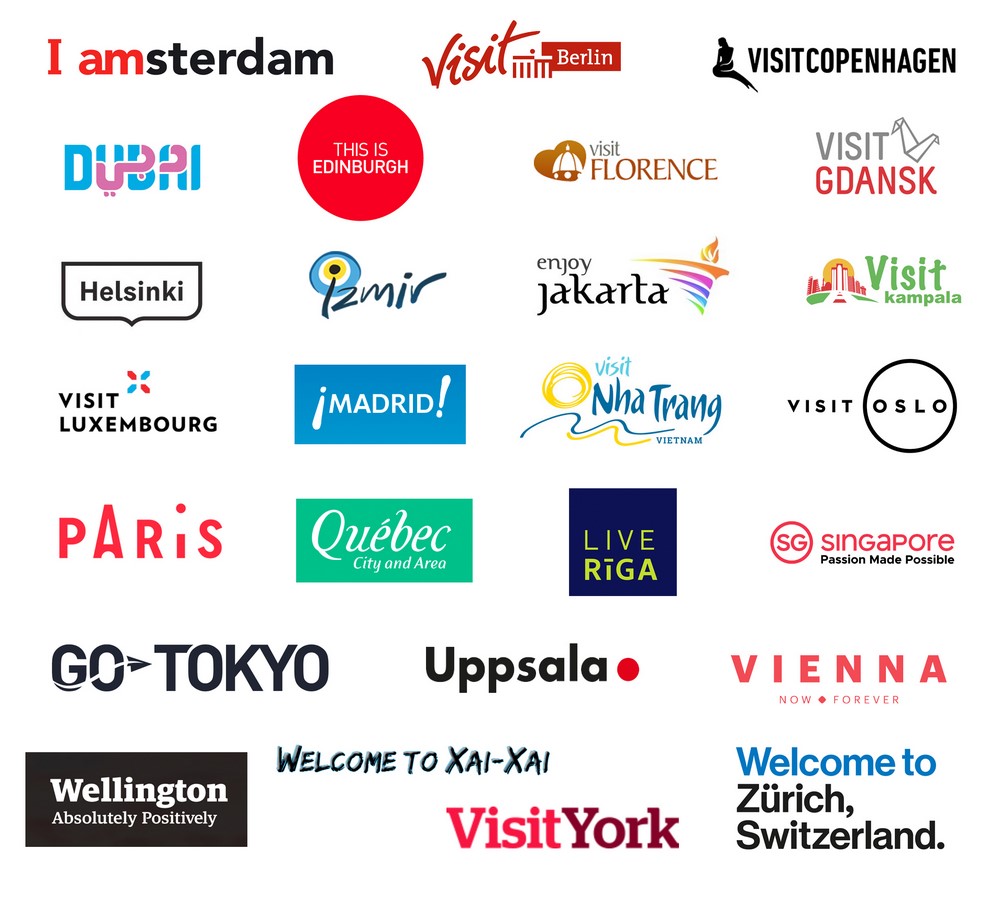
It’s a well-known practice because different names and brand identities can resonate better in particular cultures and regions. Just like Axe and Lynx body sprays that are sold under one single company – Unilever.
Store Branding
Store branding is when a store creates in-house brands sold exclusively in its stores. It’s like having a secret lineup of products that you won’t find anywhere else.
These brands are unique to the store and offer an alternative to well-known national or international brands. Some famous examples include Costco’s house brand – Kirkland Signature and Amazon – AmazonBasic.
Private Label Branding
Private label branding is when a store creates exclusive products under its brand name. Instead of relying on big brands, the store partners with manufacturers to produce customized items you won’t find anywhere else.
Just like the Archer Farms brand that offers coffee, snacks, and ice-cream that offers different products yet under the same company or label.
Great Effective Mixed Branding Examples
Numerous renowned brands have successfully embraced targeted mixed branding strategies, harnessing its potential to create a stronger identity. Let’s explore a few examples:
Nestlé Purina PetCare:
Nestlé, a global food and beverage brand, acquired Purina PetCare, a well-established brand in the pet food industry. By merging the strengths and expertise of both brands, Nestlé Purina PetCare has become a dominant force, catering to the needs of pet owners worldwide.
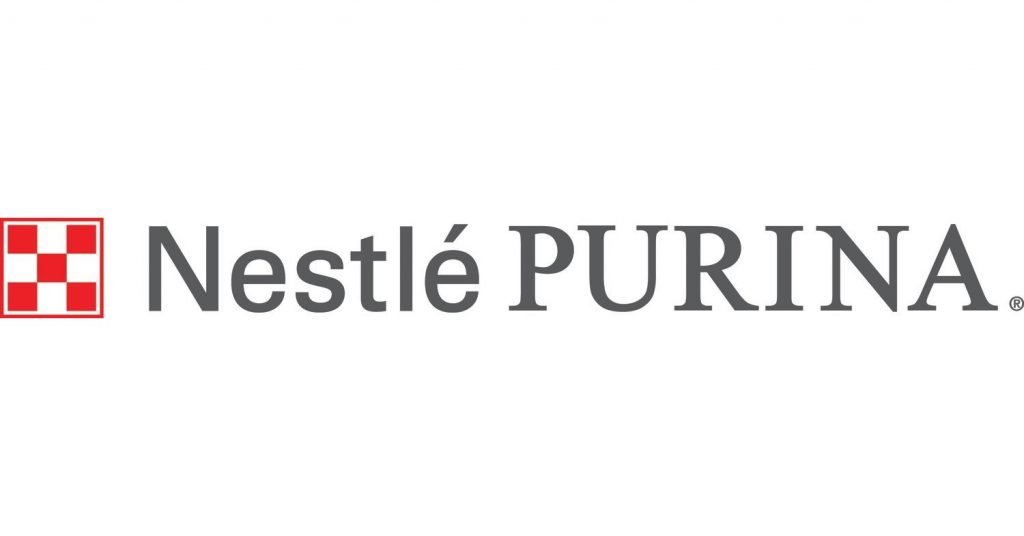
Marriott International:
Marriott International, a renowned hospitality brand, expanded its market reach through mixed branding by acquiring various hotel chains, including Sheraton, Westin, and Ritz-Carlton. This integration allowed Marriott International to tap into different customer segments and offer a broader range of accommodation options.
The Estée Lauder Companies:
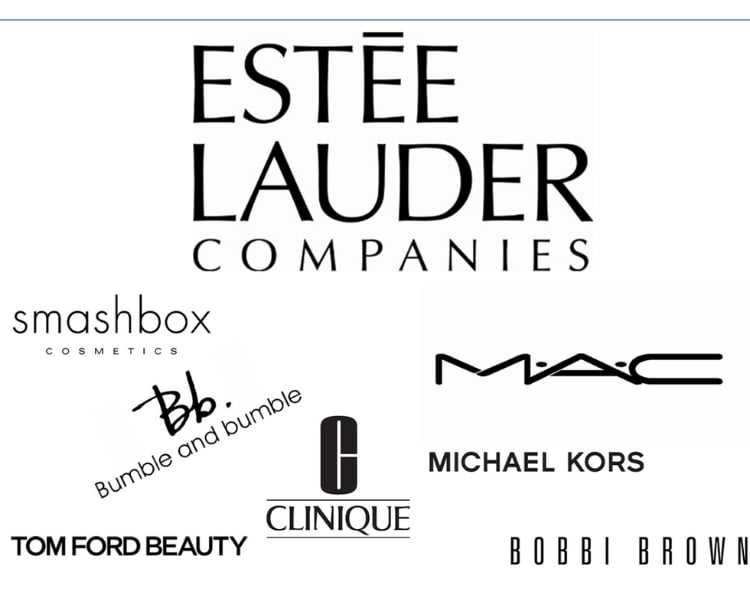
The Estée Lauder Companies is a conglomerate that encompasses multiple brands in the beauty and skincare industry. By strategically combining these brands, such as Estée Lauder, Clinique, and MAC, the company has created a diverse portfolio that caters to various consumer segments while maintaining a cohesive and powerful brand presence.
Traditional or Mixed Branding: Which One Is For You?
In the quest for a strong brand identity, mixed branding emerges as a compelling marketing strategy combining multiple brands’ power.
As we conclude our exploration of mixed branding and its transformative power, one thing becomes abundantly clear: the potential to create a stronger brand identity by combining multiple brands is truly remarkable.
In a world where competition is fierce and capturing consumers’ attention is no easy task, mixed branding efforts emerges as a dynamic strategy that sets businesses apart from the crowd.
By fusing multiple brands’ strengths, values, and offerings, a new entity is born—a brand greater than the sum of its parts.
Remember, it’s not just about standing out—it’s about standing strong. It’s about leaving a mark, creating a brand that resonates, and forging connections that withstand the test of time.
Embrace the fusion, ignite your creativity, and embark on a path that leads to a brand identity that resonates with your target audience. The world of mixed branding awaits your exploration!
